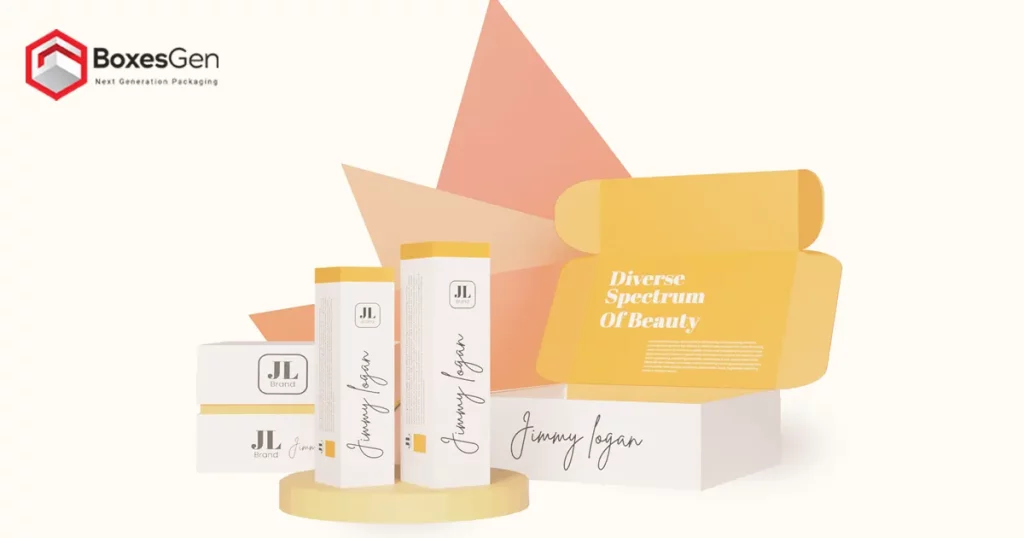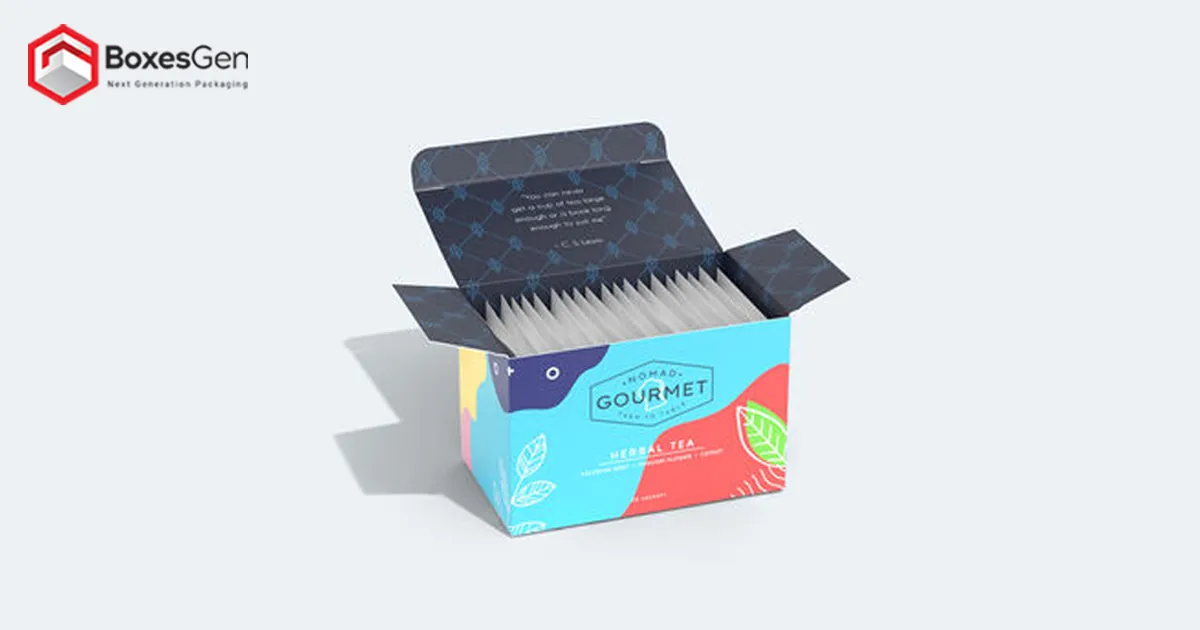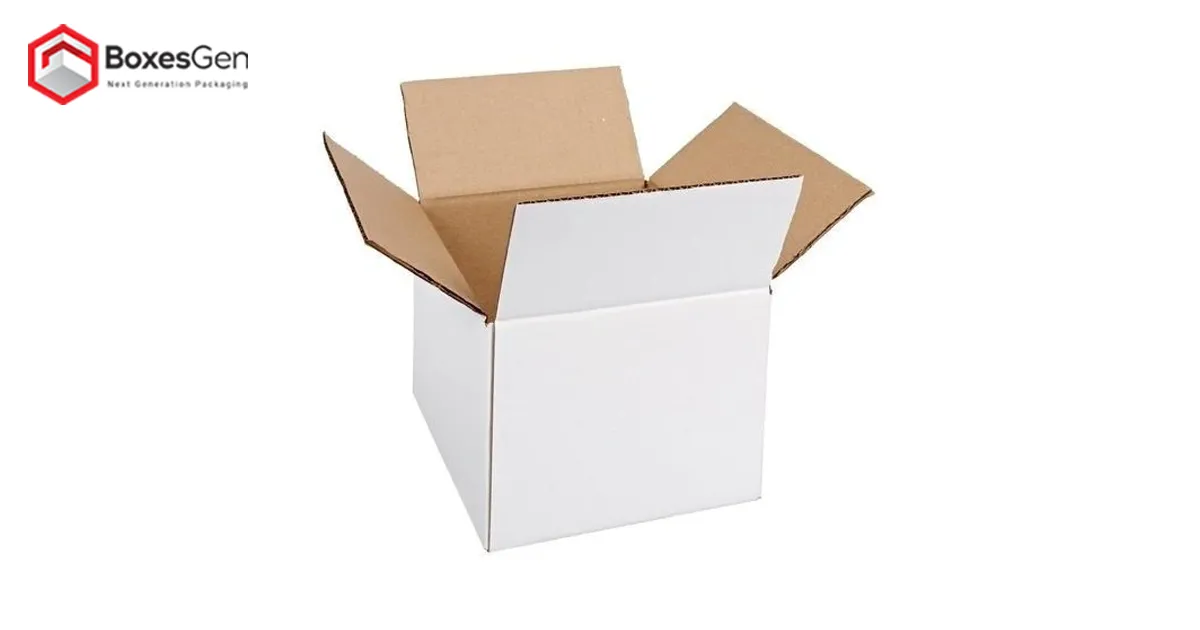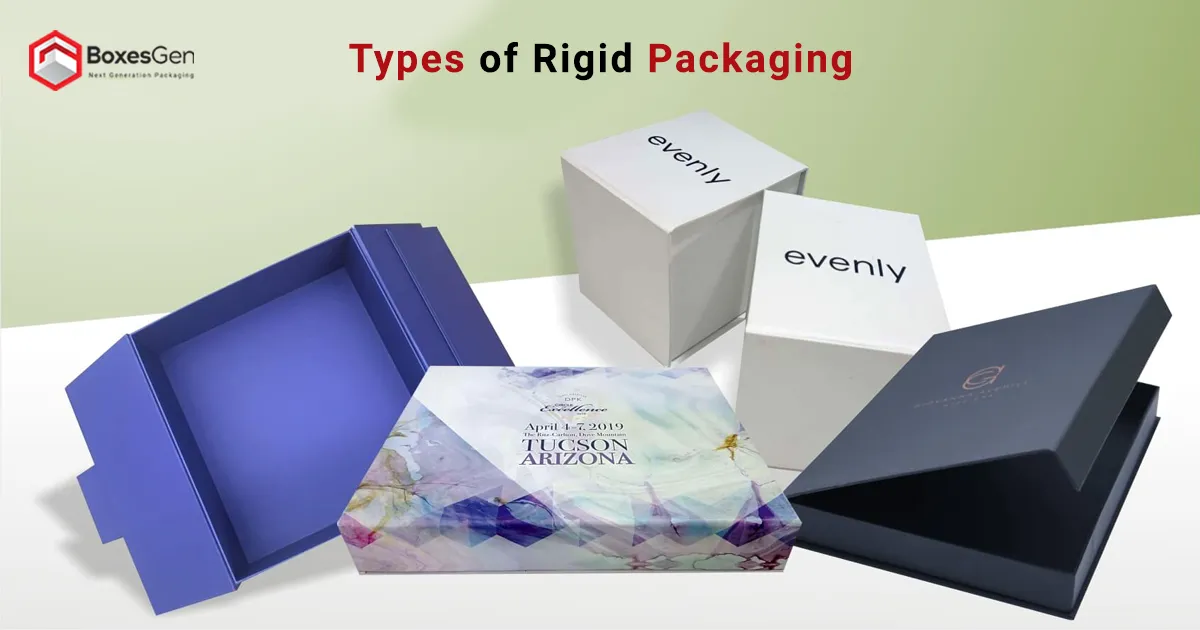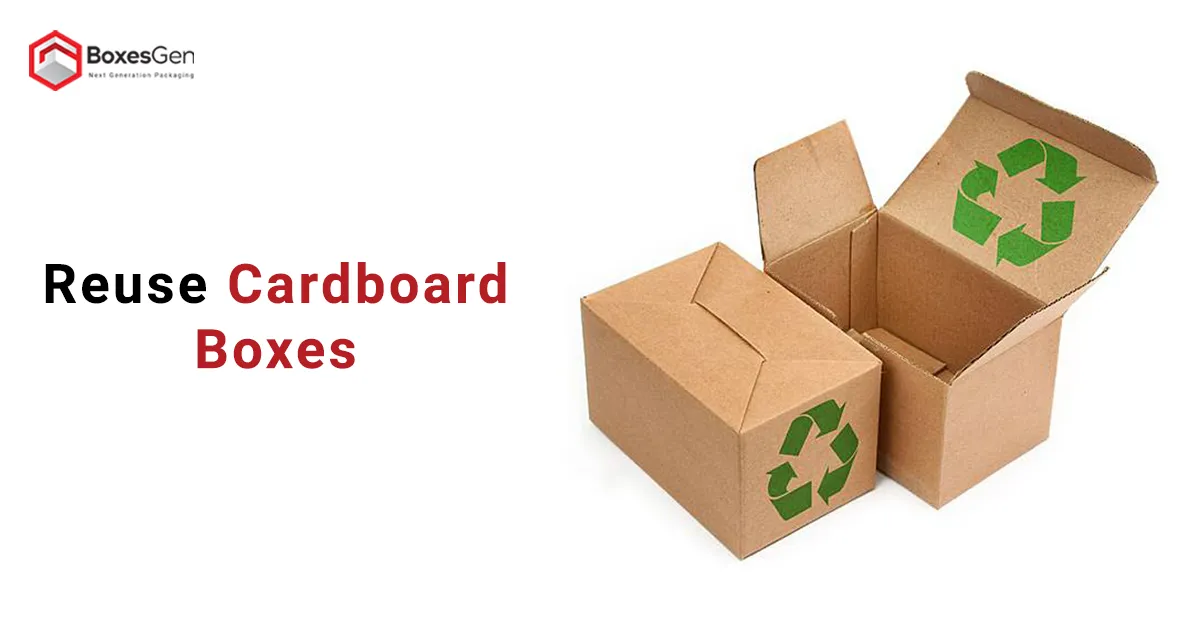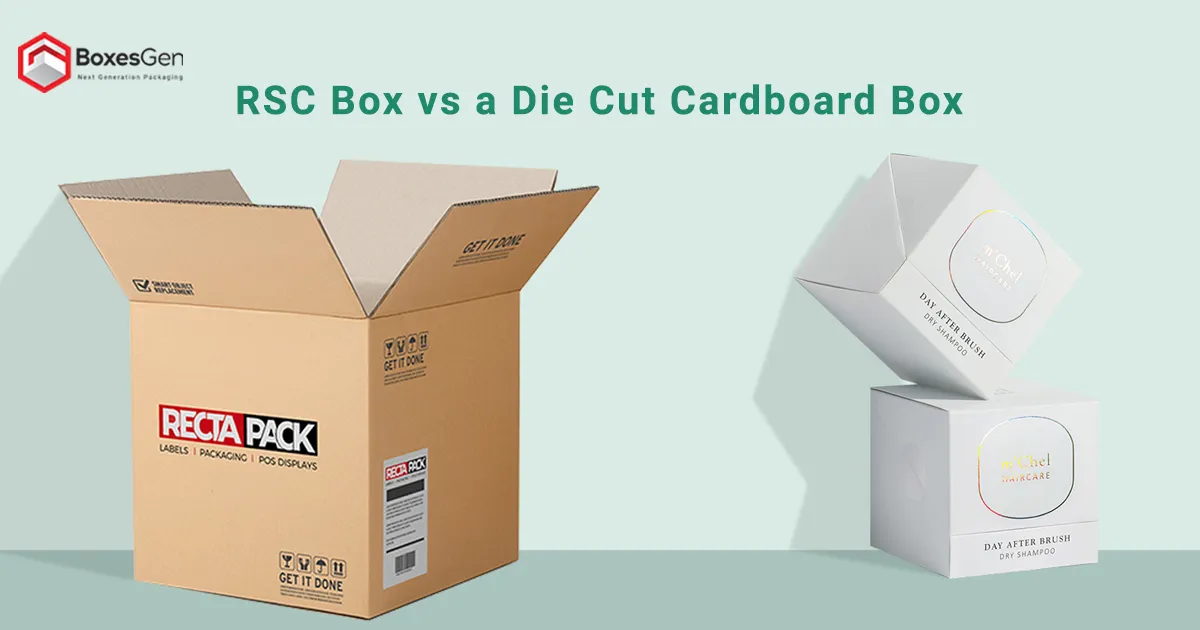Why Are Cardboard Boxes Expensive for Packaging?
Cardboard Boxes have become an indispensable part of our daily lives, serving as the primary packaging solution for innumerable products. From shipping fragile items to storing household goods, the versatility of cardboard boxes is unmatched. However, the seemingly simple cardboard box hides a complex web of factors that contribute to its cost. In this article, we probe into the reasons behind the expensiveness of cardboard boxes for packaging.
Raw Materials and Manufacturing
One of the primary reasons for the expense of cardboard boxes lies in the raw materials used and the intricate manufacturing processes involved. Cardboard is typically made from a combination of paper pulp, recycled paper, and various chemicals. The demand for high-quality materials to ensure durability and strength adds to the overall cost. Additionally, the manufacturing process of Cardboard Shoe Boxes, which includes cutting, printing, and folding, requires specialized machinery and skilled labor, contributing further to the expenses incurred.
Sustainability and Eco-Friendly Practices
In recent years, there has been a growing emphasis on sustainability and eco-friendly packaging solutions. While this is undoubtedly a positive shift, it comes at a cost. The adoption of recycled and eco-friendly materials often leads to an increase in the price of cardboard boxes. Manufacturers invest in sustainable practices, such as responsibly sourcing raw materials and implementing eco-friendly production processes, which contribute to the overall expense but are essential for reducing the environmental impact of packaging.
Customization and Printing
Many businesses opt for customized packaging to improve their brand identity and create a memorable unboxing experience for customers. The process of customization, which includes designing, printing, and branding, adds to the overall cost of cardboard boxes. Intricate printing techniques, vibrant colors, and unique designs demand specialized equipment and skilled professionals, contributing significantly to the expense. As businesses prioritize creating a distinctive image, the cost of customization becomes an unavoidable aspect of cardboard box pricing. Read on to learn more on, Printed Cardboard Boxes – Transforming into an Art Form.
Transportation and Storage
The logistics involved in transporting and storing cardboard boxes also play a role in their overall cost. Cardboard boxes are lightweight, but their bulkiness requires considerable space during transportation and storage. Shipping and storing large quantities of boxes incur additional expenses, including fuel costs, warehouse fees, and handling charges. As global supply chains become more complex, these logistical challenges contribute to the overall expensive nature of cardboard boxes. Here is How Small Cardboard Shipping Boxes Is The Safest Packaging.
Market Trends and Competition
The cardboard packaging industry is highly competitive, with various players vying for market share. Companies invest in research and development to stay ahead of industry trends, leading to the introduction of innovative packaging solutions. These advancements, while beneficial, often come with a higher price tag. As consumers demand more sophisticated packaging options, manufacturers strive to meet these expectations, driving up the overall cost of cardboard boxes.
The Paradox of Expensive Cardboard Boxes
Ironically, while cardboard boxes are often seen as a basic and low-cost packaging solution, certain instances defy this perception. The realm of the most expensive cardboard boxes is a surprising one, with some boxes fetching astonishing prices in the market. Collectors and enthusiasts value rare and limited-edition cardboard boxes, turning them into sought-after commodities. Whether it’s a vintage cereal box or a limited-edition product packaging, the market for expensive cardboard boxes challenges our conventional understanding of their economic value.
The Intriguing World of Expensive Lunch Boxes
Beyond the realm of traditional packaging, the concept of expensive lunch boxes introduces a unique twist to the discussion. While lunch boxes are not typically associated with high costs, there exists a niche market for luxurious and designer lunch boxes. Crafted from premium materials, featuring intricate designs, and equipped with advanced functionalities, these high-end lunch boxes cater to individuals seeking a blend of style and functionality. The allure of such exclusive lunch boxes adds another layer to the broader conversation about the cost of cardboard packaging.
Regulatory Compliance and Safety Standards
Compliance with stringent regulatory standards and safety requirements is another crucial factor contributing to the expense of cardboard boxes. Governments worldwide have imposed various regulations to ensure the safety of products during transportation and storage. Manufacturers must invest in materials and processes that meet these standards, involving rigorous testing and quality control measures. The need to adhere to these regulations adds an extra layer of complexity to the production process, contributing to the overall cost of cardboard boxes.
Impact of Global Events on Pricing
Global events, such as natural disasters, pandemics, or geopolitical tensions, can have a significant impact on the cost of cardboard boxes. The supply chain disruptions caused by these events can lead to fluctuations in the prices of raw materials, transportation costs, and availability of skilled labor. The uncertainties introduced by external factors can create a ripple effect throughout the industry, influencing the pricing of cardboard boxes in unpredictable ways.
Technological Advancements and Smart Packaging
The integration of technology into packaging, known as smart packaging, is a growing trend that introduces additional expenses. Smart packaging includes features like RFID tracking, temperature sensors, and interactive QR codes. While these innovations offer benefits such as increased traceability and improved user engagement, they require additional investment in technology and materials. As the demand for smart packaging solutions increases, manufacturers face the challenge of balancing technological advancements with cost-effectiveness. Read on to learn more on How To Waterproof Cardboard Boxes – BoxesGen.
Recycling and Circular Economy Initiatives
The push towards a circular economy and increased recycling efforts also affects the pricing of cardboard boxes. Manufacturers are investing in developing and implementing recycling programs to reduce the environmental impact of packaging. These initiatives involve additional costs for collecting, processing, and reusing materials, contributing to the overall expense of cardboard boxes. While these efforts are essential for environmental sustainability, they can lead to higher upfront costs for manufacturers and, consequently, consumers. Read on to learn more about Can Cardboard Boxes Be Recycled – BoxesGen.
Consumer Perception and Brand Image
Consumer perception and brand image play a vital role in the pricing strategy of cardboard boxes. Brands that position themselves as environmentally conscious or premium may choose higher-quality materials and invest more in packaging aesthetics. The perceived value of the product is often linked to the packaging, influencing consumer behavior. As a result, companies may allocate a significant portion of their budget to create visually appealing and environmentally friendly cardboard boxes, driving up the overall cost.
Innovation in Alternative Materials
The exploration and adoption of alternative packaging materials also contribute to the pricing dynamics of cardboard boxes. Manufacturers are constantly researching and experimenting with innovative materials to create more sustainable and cost-effective packaging solutions. While these alternatives may offer benefits such as reduced environmental impact or improved performance, the initial investment in research and development can lead to higher prices for these cutting-edge packaging options.
Future Trends and Challenges
Looking ahead, the cardboard packaging industry is likely to face evolving challenges and opportunities. Emerging trends, such as the rise of e-commerce, the increasing focus on sustainable packaging, and advancements in automation, will shape the future landscape. Balancing cost considerations with the demand for more environmentally friendly and technologically advanced solutions will be a key challenge for manufacturers. As the industry continues to adapt to changing consumer preferences and global dynamics, the cost of cardboard boxes may undergo further transformations.
Cardboard Boxes Serve as Moving Boxes
Cardboard boxes are widely recognized as the best choice for moving due to their versatile and durable nature. These boxes provide a sturdy yet lightweight solution, offering the necessary strength to safeguard belongings during the transit process. Their uniform shape facilitates easy stacking, optimizing space in moving vehicles and storage. Additionally, cardboard is an environmentally friendly material, making it an eco-conscious choice for those concerned about sustainability. The affordability and availability of cardboard boxes further contribute to their popularity as the go-to option for a seamless and efficient moving experience.
Where to get Small Cardboard Boxes for Crafts?
To acquire small cardboard boxes for crafts, individuals can explore various avenues for sourcing these materials. Local craft stores often stock a variety of small cardboard boxes suitable for crafting projects, providing a convenient option for immediate availability. Online platforms, such as e-commerce websites or specialty craft suppliers, offer a wide selection of sizes and designs, allowing for easy comparison and customization. Additionally, repurposing these Custom Boxes from everyday items or seeking out packaging materials from local businesses can be an eco-friendly and cost-effective approach to obtaining small cardboard boxes for creative endeavors.
Conclusion
The factors contributing to the expense of cardboard boxes for packaging are multifaceted, ranging from raw materials and manufacturing processes to customization, transportation, and market dynamics. As sustainability and customization continue to shape the packaging industry, the cost of cardboard boxes is likely to remain a subject of scrutiny. While the majority of cardboard boxes serve as practical and cost-effective solutions, the intriguing world of the most expensive cardboard boxes and luxury lunch boxes reminds us that even the simplest items can hold surprising value in the eyes of collectors and enthusiasts.
Frequently Asked Questions of Cardboard Boxes
Why are moving boxes so expensive?
Moving boxes are costly due to their durable construction, designed to withstand the rigors of relocation. Corrugated cardboard boxes feature a rippled layer between two flat ones, providing strength and cushioning. Unlike regular cardboard, corrugated boxes are sturdier, offering better protection for items during transit. Corrugated material is typically made from paper pulp or recycled paper.
What is corrugated cardboard boxes?
Corrugated cardboard boxes are sturdy packaging materials made from corrugated fiberboard. They consist of a fluted corrugated sheet and one or two flat linerboards. The corrugated design provides strength and durability for shipping and storage, protecting contents against impact and damage.
What is the difference between cardboard and corrugated box?
The difference lies in their structure and strength. Cardboard is a single layer of heavy paper-pulp, suitable for lightweight packaging. Corrugated boxes have a fluted, wavy layer between two liners, providing superior durability and protection for shipping heavier items.
What is corrugated made of?
Corrugated material is made of three layers of paper: two liners and a fluted corrugated medium. These are glued together with starch glue, providing strength and rigidity. The fluted layer adds cushioning and insulation, making it ideal for packaging.
Why Cardboard Boxes Are So Expensive?
Cardboard boxes can be expensive due to the quality of raw materials, manufacturing processes, and customization options. High-grade cardboard and intricate designs contribute to the cost, ensuring durability and appealing packaging.
What Are Luxury Box Packaging Materials?
Luxury box packaging materials often include premium cardboard, embossed papers, foil stamping, satin or velvet linings, and metallic finishes. These materials augment the aesthetic appeal, providing an upscale and exclusive presentation.
What Is an Example of Luxury Packaging?
An example of luxury packaging is a rigid box adorned with embossed patterns, gold foil accents, and a soft-touch finish. This type of packaging conveys a sense of exclusivity and sophistication, commonly used for high-end products like jewelry or electronics.
What Is the Best Packaging for A Box?
The best packaging for a box depends on the product and its requirements. However, sturdy cardboard with appropriate thickness and structural design is often considered an excellent choice, ensuring protection and visual appeal.
Is Cardboard More Expensive Than Plastic?
The cost comparison between cardboard and plastic varies, but in many cases, cardboard can be more expensive due to its manufacturing process and eco-friendly features. However, factors like customization and specific use may influence the overall cost.
Is Cardboard a Good Packaging Material?
Cardboard is a good packaging material as it is lightweight, recyclable, and biodegradable. It provides sufficient protection for various products and is cost-effective compared to some alternatives, making it a popular choice for packaging.
Is Cardboard Packaging Cost-Effective?
Cardboard packaging can be cost-effective, especially in terms of bulk production. Its versatility allows for customization, reducing the need for additional materials. The overall cost efficiency depends on factors like design complexity and volume.
Is Cardboard Cost-Effective?
Cardboard is generally considered cost-effective due to its affordability, recyclability, and versatility. It offers a balance between durability and weight, making it a popular choice for packaging solutions across various industries.
What Are 3 Benefits of Using Cardboard?
Three benefits of using cardboard include recyclability, lightweight nature reducing shipping costs, and versatility in design. Cardboard packaging is easily customizable, allowing for creative branding and ensuring products are protected during transportation.
Is Cardboard Eco-Friendly?
Yes, cardboard is eco-friendly. It is biodegradable and recyclable, making it a sustainable choice for packaging. Using cardboard reduces environmental impact compared to non-biodegradable materials, aligning with the growing demand for eco-conscious and responsible packaging solutions.
Why Is Cardboard Good for Packaging?
Cardboard is good for packaging due to its lightweight nature, cost-effectiveness, recyclability, and versatility. It provides adequate protection for various products while minimizing environmental impact, making it a preferred choice for sustainable packaging solutions.
What Are 3 Interesting Facts About Cardboard?
Three interesting facts about cardboard include its invention in China over 2,000 years ago, its use in early playing cards, and its widespread recycling, with about 90% of cardboard being recycled.
Is Cardboard a Cheap Material?
Yes, cardboard is generally a cheap material. Its affordability stems from the abundance of raw materials, efficient manufacturing processes, and the recyclability that reduces overall production costs.
What Is Cardboard Box Packaging?
Cardboard box packaging involves using cardboard material to create boxes for storing, transporting, and displaying products. These boxes come in various shapes, sizes, and designs, offering a versatile and customizable packaging solution for different industries.
What Cardboard Is Best for Boxes?
The best cardboard for boxes depends on the specific packaging requirements. Generally, corrugated cardboard with a suitable flute size provides strength and durability, making it ideal for most boxes. The thickness can vary based on the intended use.
Why Is Cardboard So Popular?
Cardboard’s popularity can be attributed to its affordability, lightweight nature, recyclability, and versatility in design. It caters to diverse packaging needs across industries, from shipping and storage to retail packaging, making it a widely adopted and trusted material.
What Are the Problems with Cardboard?
Common problems with cardboard include susceptibility to moisture, limited resistance to certain chemicals, and vulnerability to physical damage if not handled carefully. However, these issues can often be mitigated through proper design and treatment.
How Are Cardboard Boxes So Strong?
Cardboard boxes achieve strength through the corrugation process, where a layer of fluted paper is sandwiched between flat layers. This corrugated structure boosts rigidity, providing the necessary strength to withstand stacking, compression, and external pressures during transportation and storage.
How Do I Choose a Cardboard Box?
To choose a cardboard box, consider factors such as the size and weight of the product, the level of protection required, and the intended use. Select the appropriate thickness and flute size for strength, and opt for customization to increase branding and visual appeal.
Is Cardboard Cheaper Than Wood?
Generally, cardboard is cheaper than wood. The cost-effectiveness of cardboard is due to its efficient manufacturing process, abundance of raw materials, and recyclability, making it a more economical choice for many packaging applications compared to wood.
How Long Do Cardboard Boxes Last?
The lifespan of cardboard boxes varies based on factors like storage conditions and usage. Under normal circumstances, they can last for several years if kept dry and free from excessive wear and tear, making them suitable for multiple uses.
Are Amazon Boxes Cardboard?
Yes, Amazon boxes are typically made of cardboard. The company commonly uses corrugated cardboard boxes for packaging and shipping its products, emphasizing the recyclability and sustainability of the material.
What Is the Difference Between a Carton and a Cardboard Box?
The terms “carton” and “cardboard box” are often used interchangeably, but a carton generally refers to any container made of paperboard or cardboard, while a cardboard box specifically refers to a box-shaped structure made of cardboard.
Why Are Cardboard Boxes Sustainable?
Cardboard boxes are sustainable because they are made from renewable and biodegradable materials. The recycling process for cardboard requires less energy compared to other materials, reducing environmental impact. Additionally, the recyclability of cardboard promotes a circular economy, contributing to long-term sustainability.
Related Article of Cardboard Boxes
Best Quality Cardboard Boxes for Chocolates
Where to get Small Cardboard Boxes for Crafts
Versatile & Sustainable Decorative Cardboard Boxes with Lids
Printed Cardboard Boxes – Transforming into an Art Form
How Cardboard Boxes Revolutionized the Retail Industry
Packaging Innovation of Cardboard Sandwich Boxes
Protect Your Treasures with Small Boxes for Jewelry Cardboard

